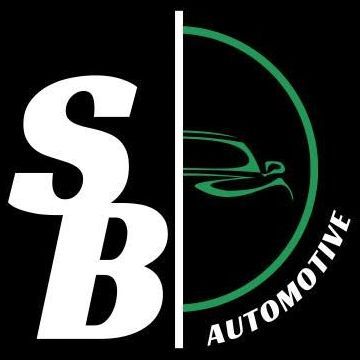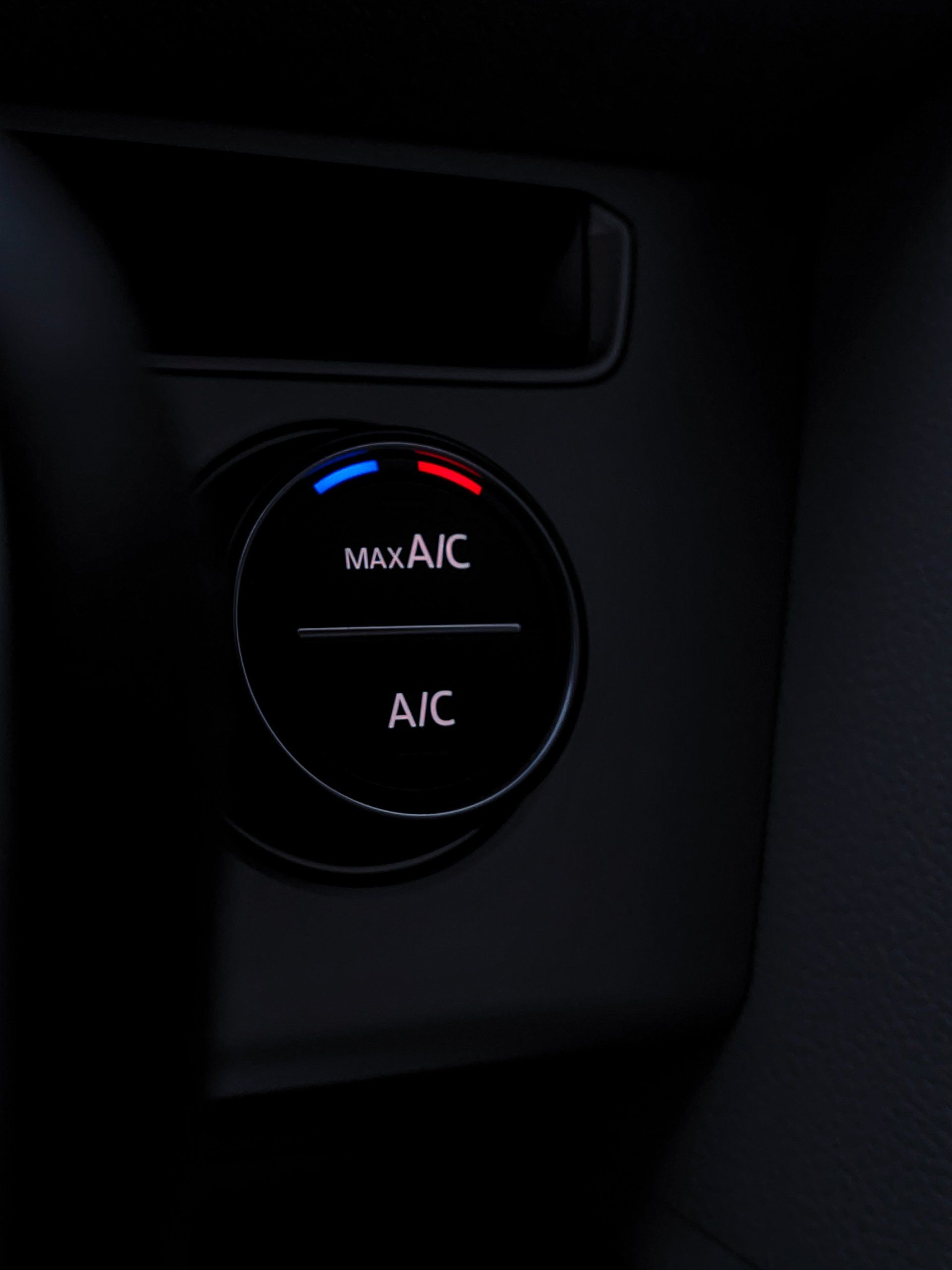At SB Automotive in Gaithersburg, MD, we understand that maintaining the health of your vehicle involves more than just regular oil changes and tire checks. While these are crucial, it's the less frequently discussed elements like belts and hoses that play pivotal roles in your vehicle's performance and safety. Let's delve into why these components are essential, how they function, and ways to ensure they're in optimal condition.
Why Belts and Hoses Matter
Belts and hoses are the unsung heroes under the hood. They aid in the seamless functioning of various systems within your vehicle. Belts, like the serpentine and timing belts, synchronize your engine’s functions, ensuring parts like the alternator, water pump, and power steering pump run smoothly. Meanwhile, hoses carry vital fluids within the engine and heating/cooling systems.
Signs of Wear and Tear
Identifying wear and tear in belts and hoses isn’t always straightforward. However, we can look for certain signs to know when a replacement or repair might be necessary. Listen for squealing noises from the engine, which can indicate a worn-out belt. Likewise, swollen, cracked, or brittle hoses can mean they are nearing the end of their lifespan. Keeping an ear and an eye on these elements can prevent unexpected breakdowns.
Common Issues and Their Consequences
Over time, belts can become misaligned or frayed, while hoses might become clogged or leak due to heat exposure and aging. At SB Automotive, we've seen vehicles where a broken belt led to complete engine shutdown or where a ruptured hose caused critical fluid leaks. Such issues not only affect performance but also pose safety risks that could leave you stranded if not addressed promptly.
Maintaining Your Belts and Hoses
Routine inspections are key to maintaining these essential components. At SB Automotive in Gaithersburg, MD, we recommend checking belts and hoses at least every three months as part of your regular vehicle maintenance schedule. During these inspections, we ensure there are no visible cracks, leaks, or looseness, and we assess the tension and alignment of the belts.
Replacement and Repair Recommendations
Typically, the serpentine belt should be replaced every 60,000 to 100,000 miles, while timing belts may require replacement every 60,000 to 90,000 miles, depending on your vehicle's make and model. Hoses should be periodically inspected and replaced as needed, though generally every four years or when any wear signs become evident.
Choosing Quality Replacements
When it comes to repairs or replacements, the quality of parts used makes a significant difference. We at SB Automotive recommend using manufacturer-recommended parts or high-quality aftermarket options to ensure longevity and reliability. Opting for subpar components might save money initially but could lead to more expensive repairs down the line.
Conclusion: Trust SB Automotive with Your Vehicle
Our dedicated team at SB Automotive in Gaithersburg, MD, is committed to making sure your car runs smoothly and safely. By focusing on often-overlooked components like belts and hoses, we help you ensure your vehicle's reliability and performance. If you're unsure about the last time you had these parts checked, why not let us take a look? Ensuring the longevity of your belts and hoses is just a step away. Schedule an appointment with us today and experience the difference that expert attention makes.










